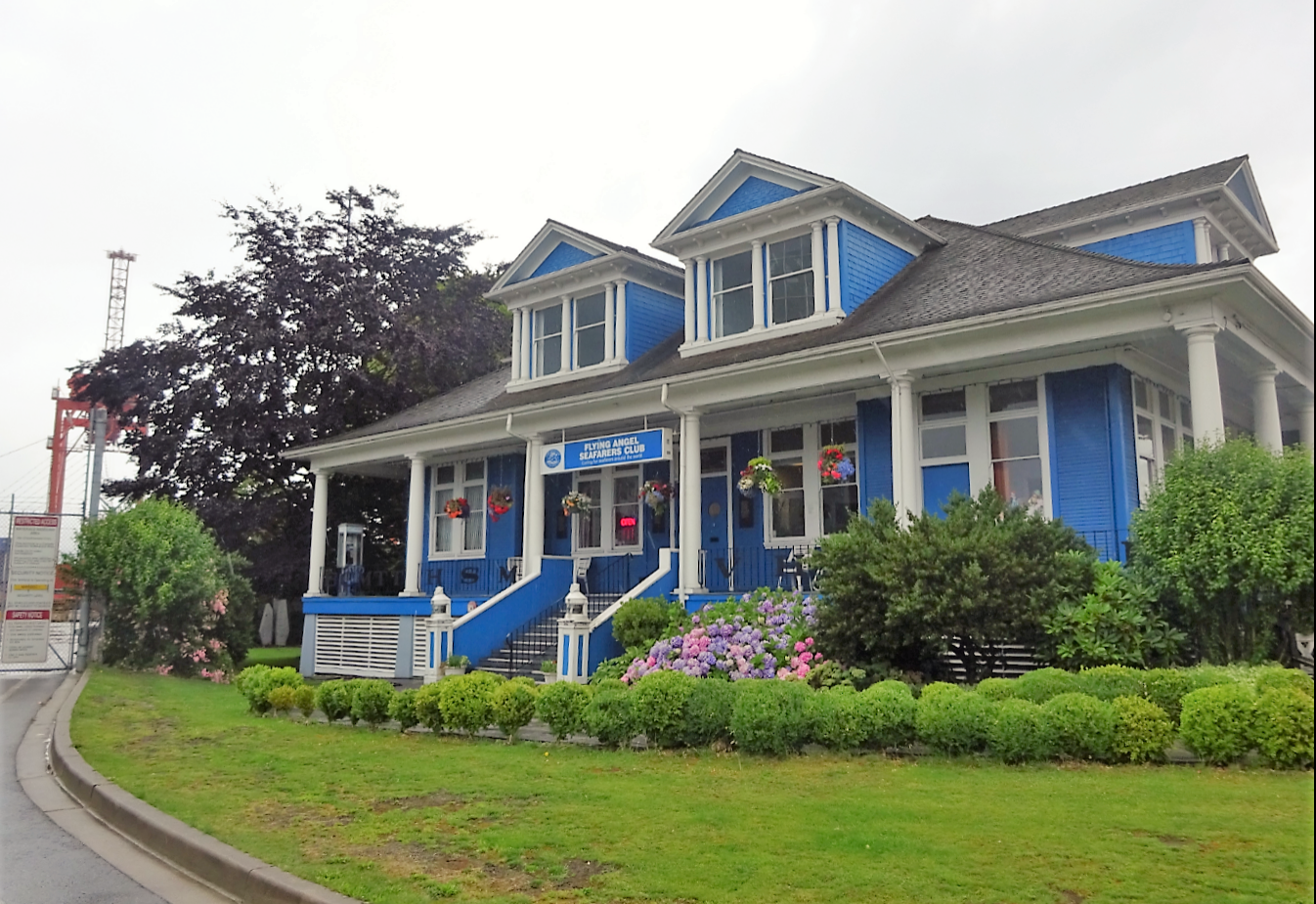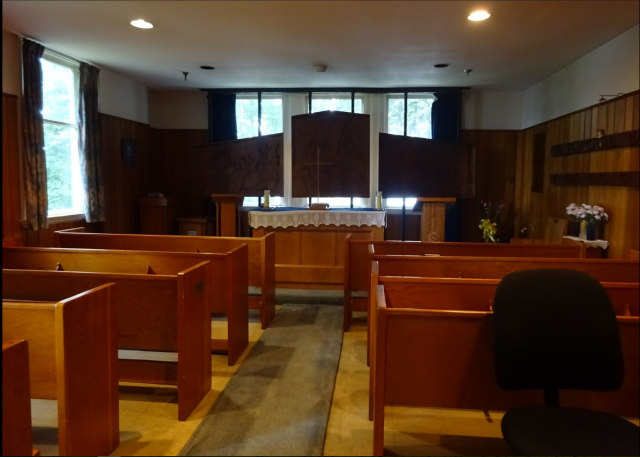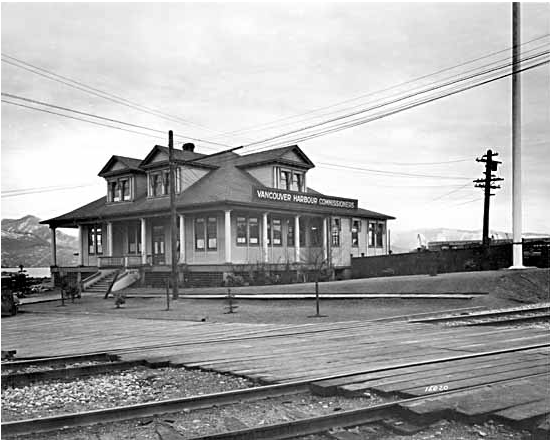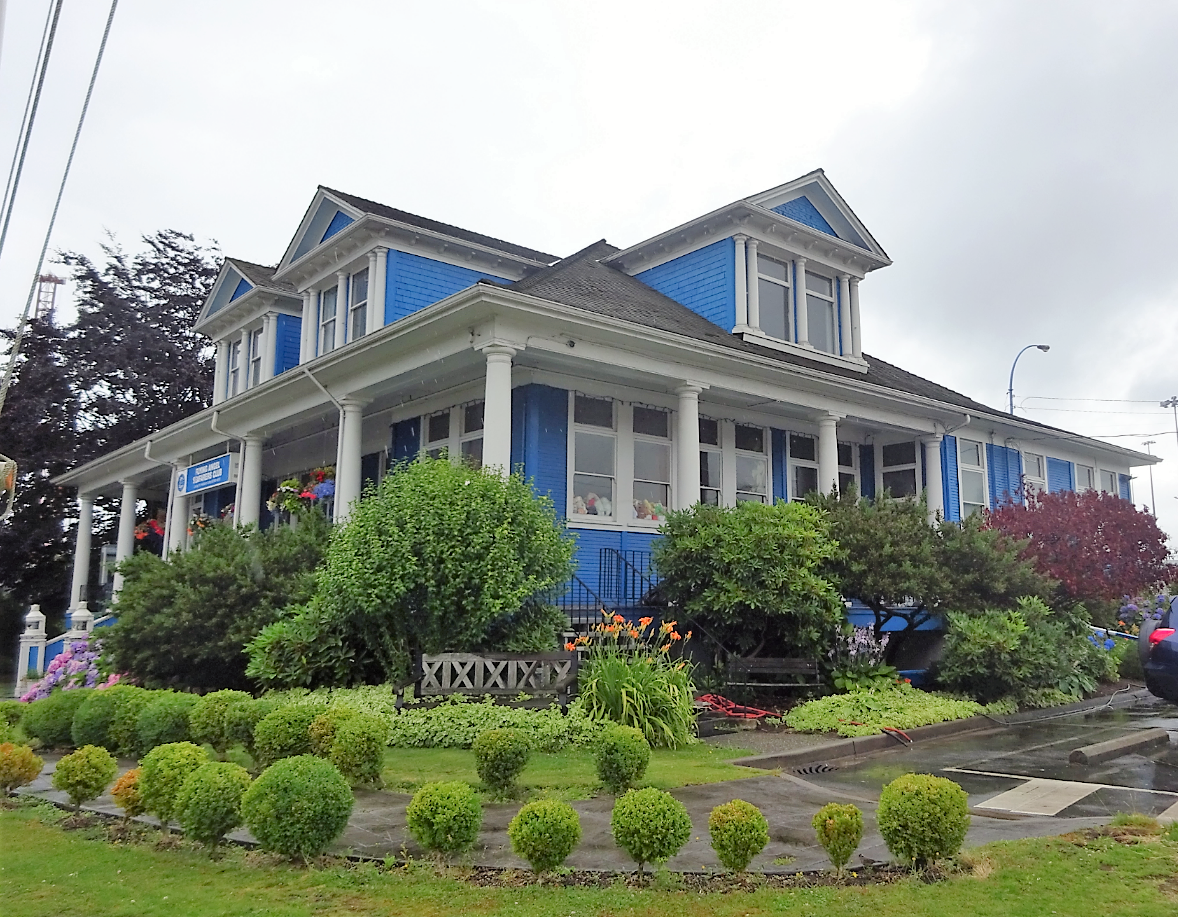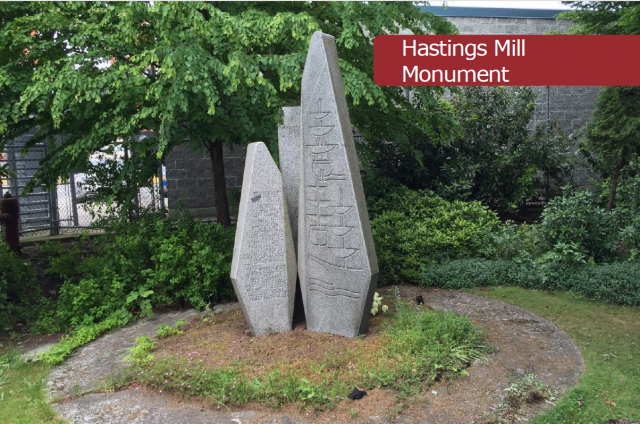 From Vancouver Exposed: Searching for the City’s Hidden History
From Vancouver Exposed: Searching for the City’s Hidden History
In 2016, the Vancouver Historical Society, of which I was a board member, was contacted by the Port of Vancouver and asked what we’d like to do with a three metre-high sculpture made from BC granite that had been sitting on their land at the foot of Dunlevy Street since a previous board commissioned it 50 years before.
Since it was the first that any of us had heard of it, we did some research and found out that in 1966, the VHS had contributed funds towards a $4,500, three-piece sculpture created by Gerhard Class to mark the 100th anniversary of Hastings Mill, which for a time, was the nucleus of Vancouver.
We took a field trip to check it out. It’s a beautiful piece of art, and a shame that no one really gets to see it.
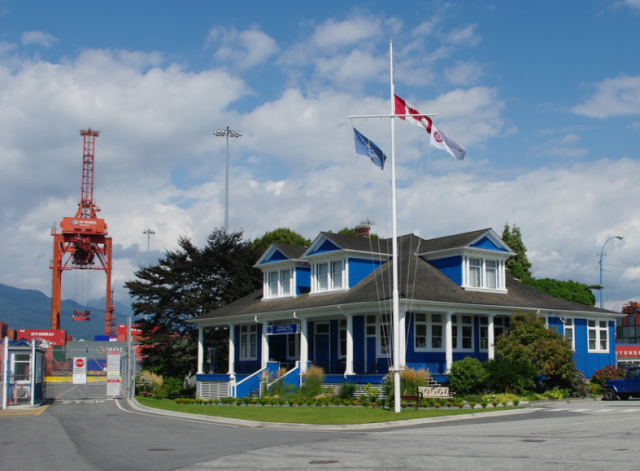
The problem for the port was that the sculpture sat in a garden behind the Flying Angels Club, built in 1906 as the headquarters for the BC Mills Timber and Trading company and a fixture of Hastings Mills.
In 1966, the National Harbours Board occupied the house and did so until the 1970s when the Mission for Seafarers, which runs the Flying Angels Club, took possession.
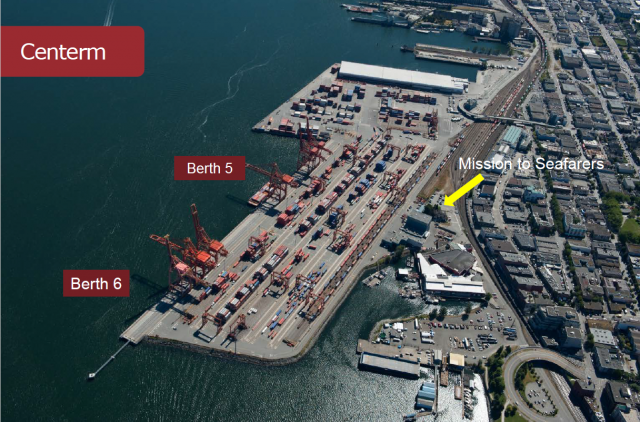
Up until 9/11, the Mission was easily accessible and surrounded by gardens that led to the waterfront. Post 9/11 madness, the Port is wrapped in a chain link of security which has marooned the house in a kind of cul-de-sac.
Over the years, the garden shrank as the port expanded. When we were contacted in 2016, the Port was planning to install shore-power transformers where the sculpture sat. To give the Port of Vancouver’s Carol Macfarlane, a huge amount of credit, she went to enormous lengths to find the sculpture a new home.
“It reminded me of an iceberg,” she said. “The monument is 8.5 ft. tall, but the underground is over three feet high and seven feet wide.”
And, when we realized the sheer lunacy of having to work with three levels of government to make the sculpture more accessible somewhere else, we opted to move it to the front of the house.
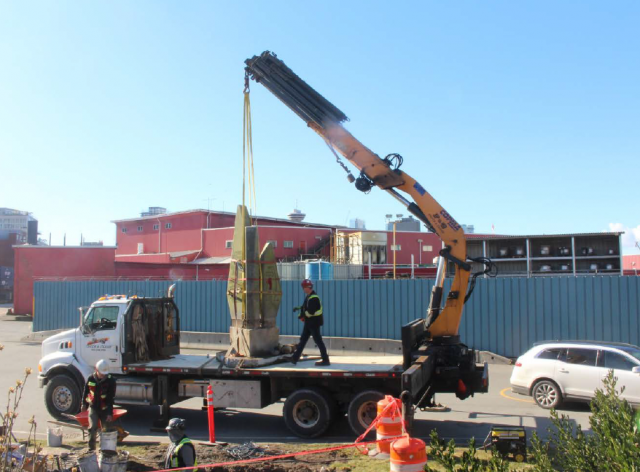
It’s not easy, but please go visit this sculpture. Maybe drop in and visit the Mission to Seafarers while you are there. Perhaps even drop off some books or games or clothes that you no longer need. They’ll be most grateful.
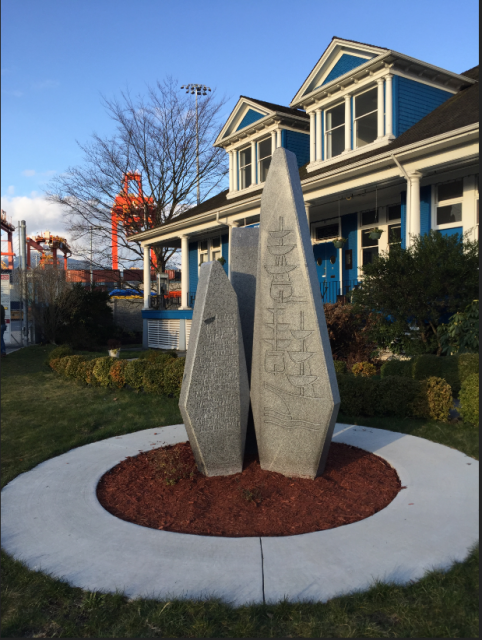
- Thanks to Carol Macfarlane, project manager, Port of Vancouver for the photos
For more on the Mission to Seafarers at the foot of Dunlevy Street, see Flying Angels Club House



